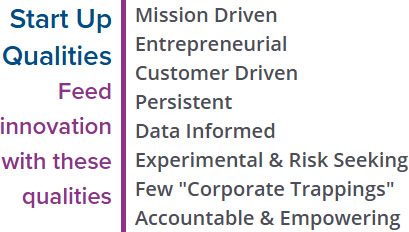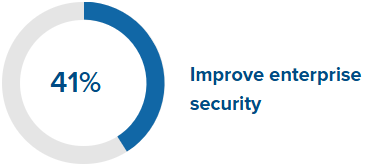Engage with IDC analyst experts
IDC webinars and events provide timely insights on market trends, emerging technologies, and key tech predictions. Our experts dive into current events, groundbreaking research, and industry shifts to keep you informed and ahead of the curve. Whether exploring AI’s impact, supply chain disruptions, or the future of digital ecosystems, our sessions offer in-depth analysis, practical takeaways, and thought-provoking discussions—all designed to help you navigate the ever-evolving tech landscape with confidence.

Featured webinars
Explore analyst insights from upcoming or recent webinars.
-
State of the Market: IT Spending Update and Quarterly Outlook
-
AI, Strategy, and the New CMO Mandate
-
Beyond the AI Buzz: Choosing the Right Tech for the Real Problem
-
IDC TechTalk: AI Race, Supply Chain Dynamics, and Navigating Tariffs
-
The Future of Technology Sourcing: Winning in the Age of AI & Intelligence
-
State of the Market: After the Tariffs, What Happens Next?
Connecting tech buyers and sellers through innovative formats
Events
Connecting tech buyers and sellers through innovative formats
Unique formats featuring leading-edge content from IDC’s global experts, all built to expand the reach of your business.
Digital transformation is evolving into the digital business era
Future Enterprise Awards
Digital transformation is evolving into the digital business era
Now in its 8th year, the IDC Future Enterprise Awards continue to recognize innovation and leadership as digital-first businesses transform to address the challenges and opportunities of the Future Enterprise.





